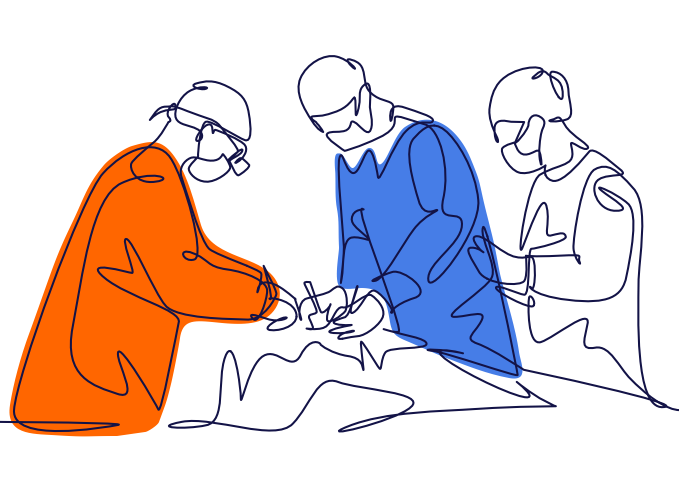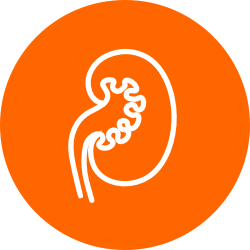PUJ Obstruction

What are the kidneys?
The kidneys are two bean-shaped organs located on either side of the spine, just below the ribs.
The kidneys are part of the urinary system. They filter the blood to remove waste and excess salts, minerals, and water, forming urine.
The urine made by the kidneys collects in a funnel shaped part of the kidney known as the renal pelvis. From there, urine drains to the bladder through two long, narrow tubes called ureters.
What is PUJ obstruction ?
PUJ obstruction (also known as pelvi-ureteric junction obstruction) is a blockage at the junction where the renal pelvis of the kidney meets the ureter.
When this junction is blocked or narrowed, urine cannot flow freely from the kidney to the bladder. This causes urine buildup in the kidney, leading to swelling of the kidney.
If untreated, it can damage the kidney over time.
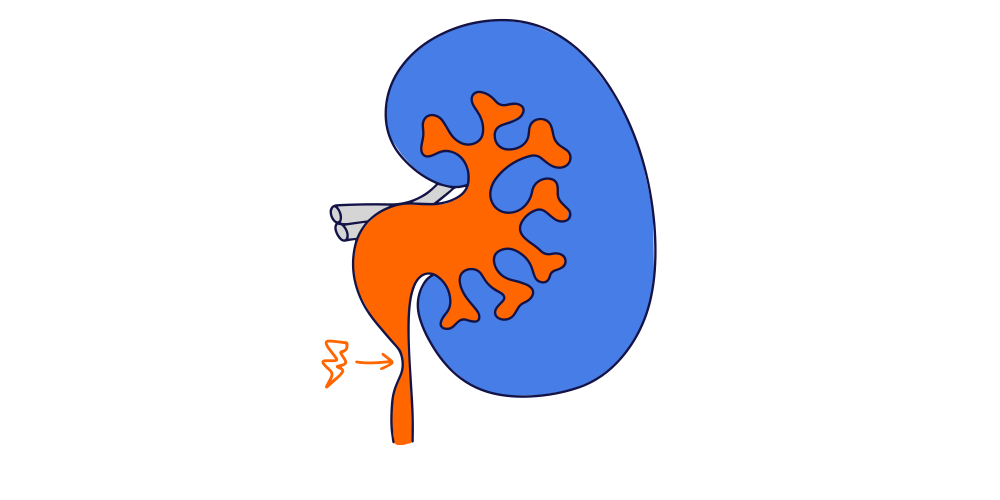
What are the symptoms of PUJ obstruction?
PUJ obstruction occurs most commonly in newborns, young adults, and the elderly.
It may have no symptoms. Sometimes it can cause back pain.
Occassionally it can lead to serious infection.

Back pain
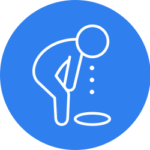
Nausea and vomiting
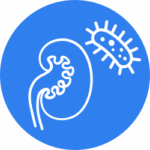
Kidney infection

How is PUJ obstruction diagnosed?
PUJ obstruction is usually diagnosed by a CT scan of the kidneys.
Sometimes a specialised scan known as a renogram, or direct inspection of the PUJ with a ureteroscopy may also be required.
How is PUJ obstruction treated?
PUJ obstruction is treated with procedures that restore the normal flow of urine from the kidney to the bladder. Treatment options include pyeloplasty, endopyelotomy, or insertion of a ureteric stent.
